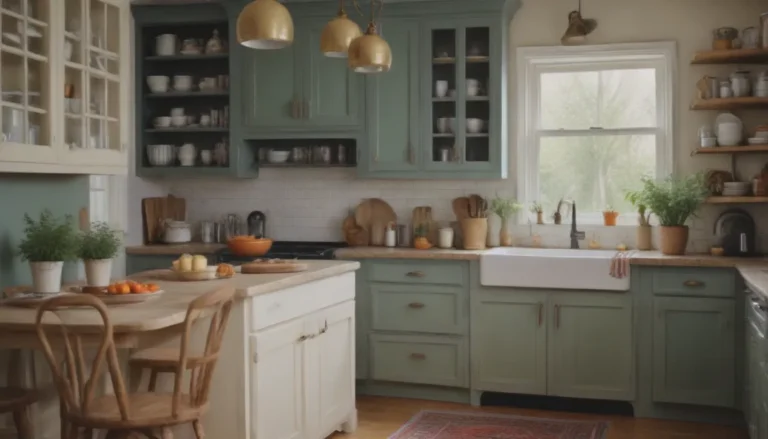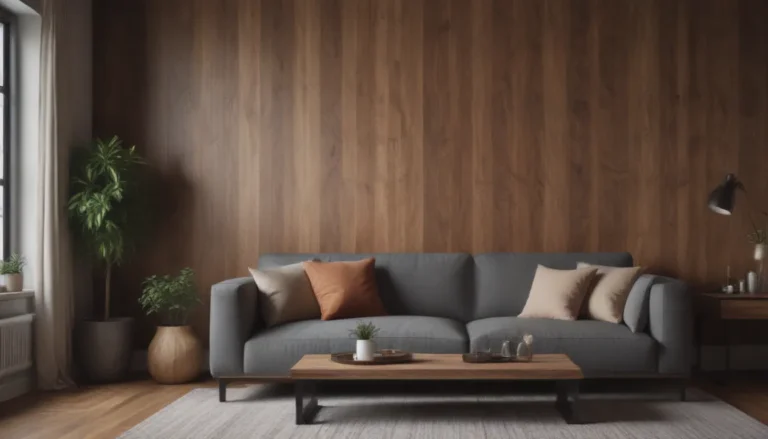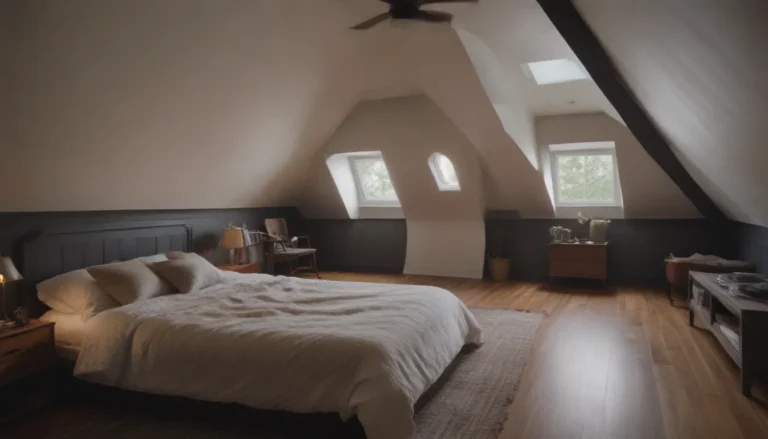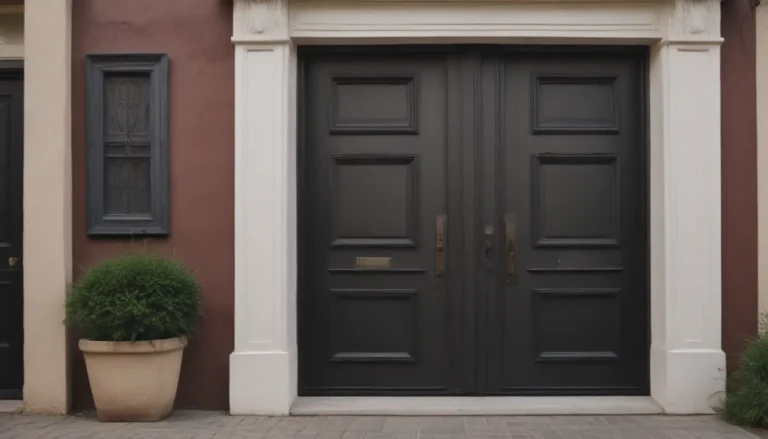Exploring the Benefits of Bunkie Boards for Enhanced Sleep Quality
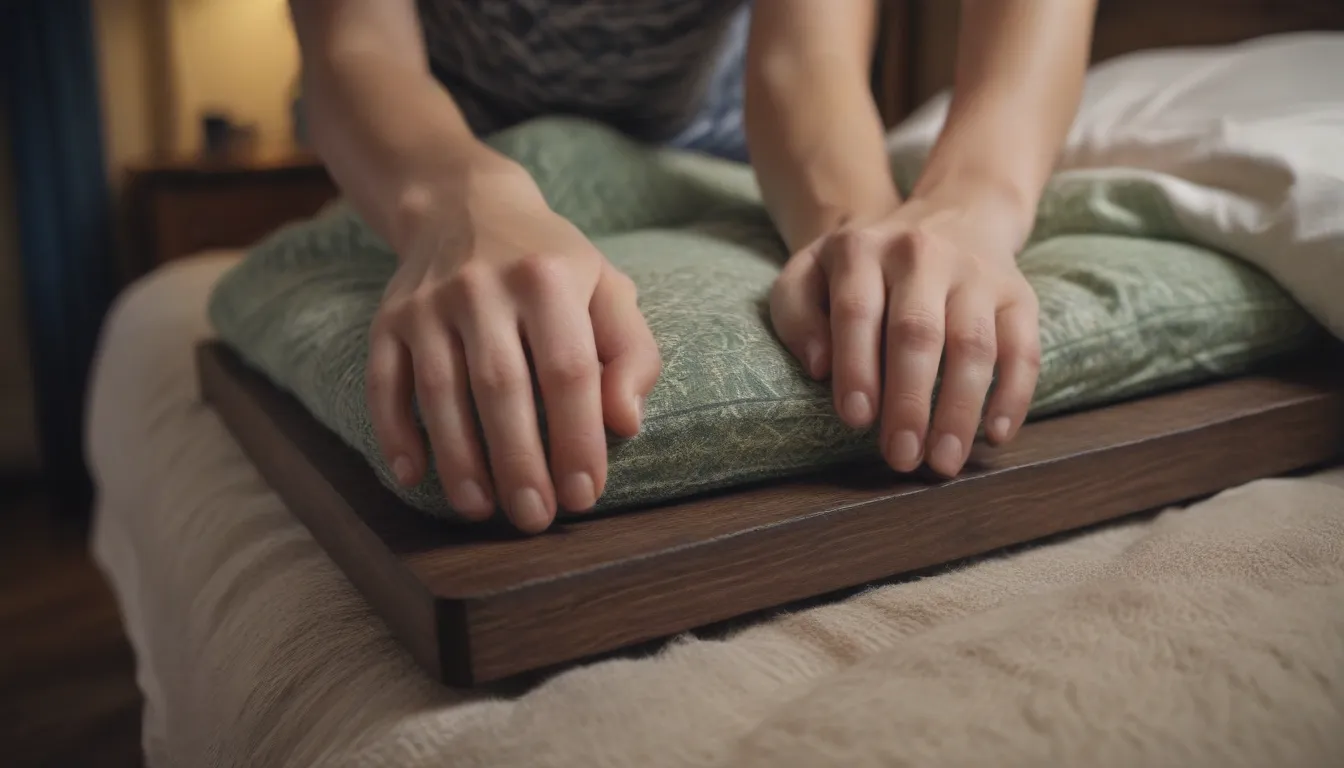
Are you looking to upgrade your mattress and enhance your sleep experience? If so, considering a bunkie board as a supportive base is a wise choice. In this comprehensive guide, we will delve into the world of bunkie boards, exploring what they are, where they are best used, their advantages and disadvantages, and more. By the end of this article, you will have a thorough understanding of how a bunkie board can transform your sleeping environment for the better.
Understanding Bunkie Boards: A Closer Look
A bunkie board serves as an alternative to a traditional box spring, providing essential support for your mattress while extending its lifespan. This compact, budget-friendly option is crafted from various materials such as wood, plywood, particle board, plastic, or metal, all covered in fabric. Unlike bulky box springs, a bunkie board is typically only about 2 inches in height, making it an ideal choice for those who prefer a lower bed height. Some bunkie boards even incorporate slats into their design to further enhance support and prevent mattress sagging.
The History of Bunkie Boards
The origins of bunkie boards can be traced back to the early twentieth century when they were initially created for bunk beds. The name “bunkie” originated from the need to find a suitable alternative to box springs for these cramped sleeping quarters. Over time, bunkie boards evolved into versatile support systems for various types of beds, including upholstered, wooden, metal, or frameless beds.
Distinguishing Bunkie Boards from Box Springs
While both bunkie boards and box springs serve the purpose of supporting mattresses, there are distinct differences between the two. A box spring typically consists of a fabric-covered wood structure, sometimes with coils, measuring around 9 inches in height. In contrast, a bunkie board is a slim, lightweight sheet of material that is only about 2 inches high. The portability and ease of storage make bunkie boards a practical choice, weighing significantly less than box springs. Here are some key differentiators between bunkie boards and box springs:
- Bunkie Board:
- Usually 2 inches tall
- Made from a solid sheet of material
- Lightweight and easy to move
- Less expensive
-
Doesn’t absorb movement as well
-
Box Spring:
- Usually 9 inches tall
- Made from wood, coils, and fabric
- Heavier and more expensive
- Absorbs movement well
- Can become squeaky over time
Advantages and Disadvantages of Bunkie Boards
Before making a decision on whether to incorporate a bunkie board into your bedding setup, it’s essential to weigh the pros and cons:
Pros of Bunkie Boards
- Lower bed height: Ideal for those who prefer a closer-to-the-ground sleeping experience.
- Supports mattress and sleeper: Enhances mattress lifespan and overall sleep comfort.
- Works with all mattresses: Compatible with various mattress types, providing versatile support.
- Cost-effective: Budget-friendly option compared to traditional box springs.
- Lightweight: Easy to move and store, offering convenience for setup and maintenance.
Cons of Bunkie Boards
- Limited air circulation: May lead to moisture retention and potential mold growth.
- Warping: Over time, the board may warp or lose its shape.
- Lack of bounce: Does not provide the springy feel of traditional box springs.
- Lower bed height: May not be suitable for individuals who prefer higher bed setups.
Why Choose a Bunkie Board?
There are several compelling reasons to opt for a bunkie board as part of your bedding ensemble. Consider the following factors:
- Cost: Bunkie boards offer a cost-effective alternative to traditional box springs.
- Bed frame compatibility: Bunkie boards can accommodate various bed frames while providing essential support.
- Mattress type: Enhance the lifespan of your mattress by adding a bunkie board for optimal support and comfort.
Bunkie Board Alternatives
In the event that a bunkie board may not be the ideal choice for your specific needs, there are alternative options to consider:
- Solid wood or plywood: While not as specialized as bunkie boards, these materials can provide basic support for mattresses.
- Platform bed frames: Some platform bed frames come with built-in slats or solid bases that eliminate the need for a bunkie board.
- Foam or hybrid mattresses: In cases where slats are spaced too far apart, a bunkie board can prevent these mattresses from sagging and ensure proper support.
By understanding these alternatives, you can make an informed decision based on your specific bedding requirements and preferences.
In conclusion, a bunkie board serves as a versatile and efficient support system for your mattress, offering numerous benefits in terms of comfort, longevity, and cost-effectiveness. Whether you are looking to enhance your sleep quality or simply revamp your bedding setup, a bunkie board can be a valuable addition to your bedroom furniture.
Remember, a good foundation is key to achieving solid sleep, and a bunkie board can help lay the groundwork for optimal rest and relaxation. Upgrade your bedding experience with a bunkie board and transform the way you sleep. Your body will thank you for it!
Sources:
– The Better Sleep Council
– National Sleep Foundation
Now that you are equipped with a comprehensive understanding of bunkie boards and their benefits, it’s time to make an informed decision for your bedding needs. Embrace the simplicity and effectiveness of bunkie boards, and unlock a world of enhanced sleep quality and comfort.
